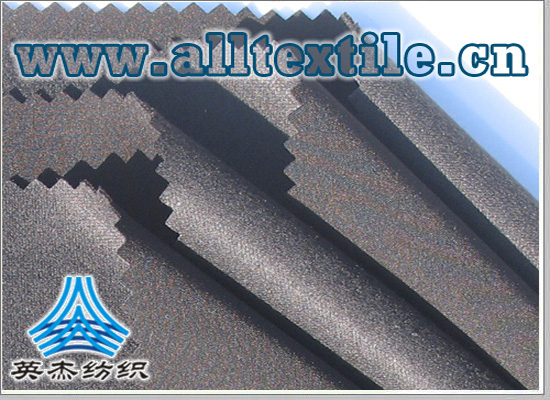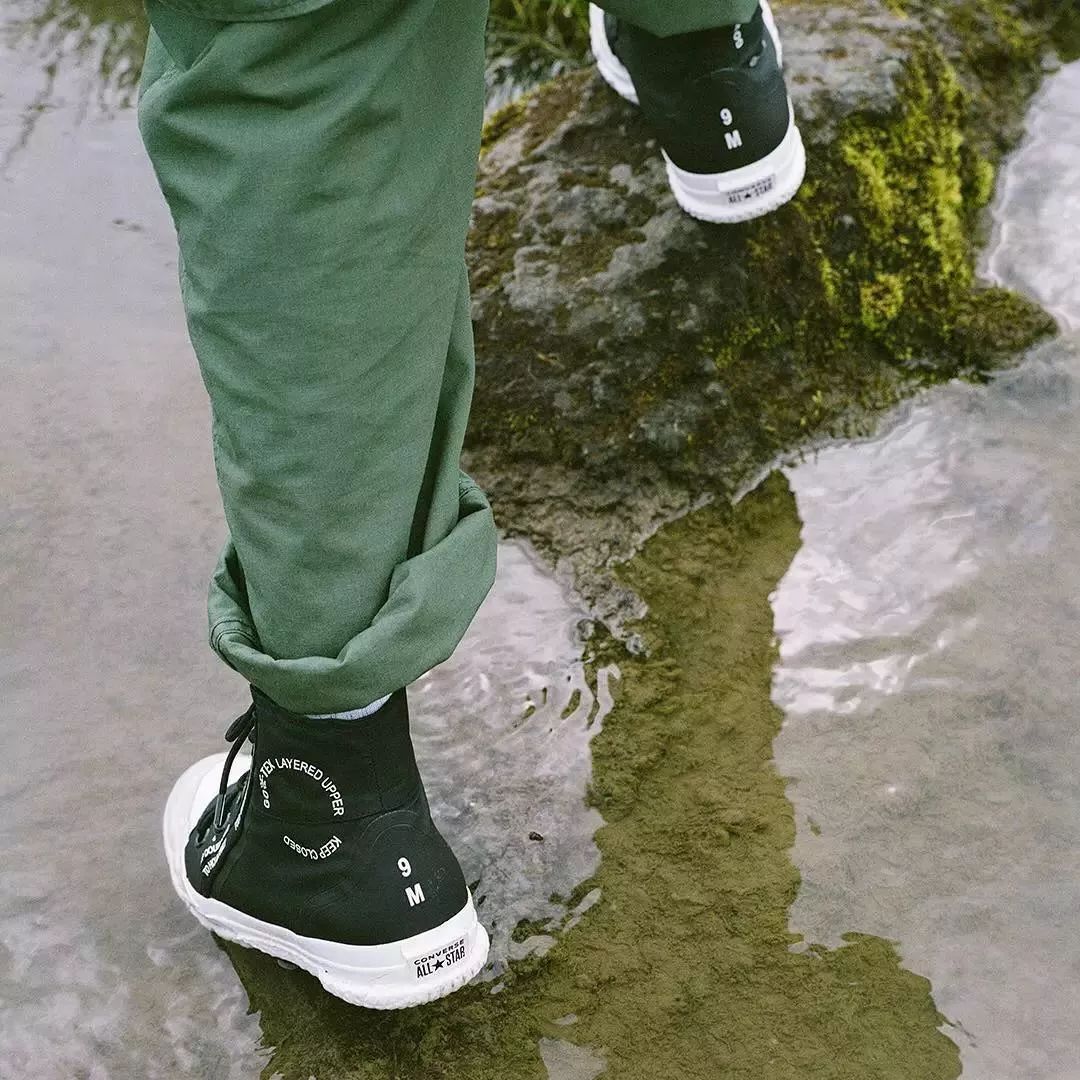Flame retardant wire and cable
Flame retardant wire and cable
1. Flame-retardant wires and cables should have flame-retardant properties. According to the “Burning Test Method for Bunched Wires and Cables” GB/T18380.3-2001, they can be divided into three flame-retardant grades: A, B, and C. Grade A has the highest flame-retardant performance. .
The American Institute of Standards and Technology conducted comparative combustion tests on flame-retardant and non-flame-retardant wires. The following test results illustrate the importance of using flame-retardant wires and cables:
a. Flame-retardant wires can provide 15 times more escape time than non-flame-retardant wires;
b. The material burned by flame-retardant wires is only 1/2 of that of non-flame-retardant wires;
c. The heat release rate of flame-retardant wires is only 1/4 of that of non-flame-retardant wires;
d. The amount of poisonous gas produced by combustion is only 1/3 of non-flame retardant products;
e. There is no obvious difference in smoke production performance between flame retardant products and non-flame retardant products.

2. Halogen-free low-smoke wire and cable
Halogen-free and low-smoke wires and cables should have halogen-free, low-smoke and flame-retardant properties. Their indicators are:
GB/T17650.2-1999 (halogen-free test) GB/T17651.2-1998 (low smoke test)
pH Weighted Conductivity Minimum Transmittance
PH≥4.3 r≤10us/mm T≥60%
3. Fire-resistant cable
a. The combustion test indicators (fire temperature and time) of fire-resistant cables, “Test Method for Fire Resistance Characteristics of Wires and Cables” GB12666.6-90 stipulates: Class A 950~1000℃, 90 minutes; Class B 750~800℃, 90 minute. The IEC331-1970 standard stipulates 750℃, 3 hours, which is equivalent to my country’s Class B standard. According to the recent new draft of IEC60331 provided for voting by IEC, the fire supply temperature is still 750℃~800℃ for 3 hours. If this standard is passed, our country will adopt it equally, and there will be no distinction between Class A and B for fire-resistant cables.
b. Fire-resistant wires and cables can be divided into flame-retardant and fire-resistant wires and cables and non-flame-retardant and fire-resistant wires and cables according to their non-metallic materials. Domestic products of fire-resistant wires and cables are mainly made of mica-coated conductors and extruded flame-retardant sheaths. Most of them are Class B products. Currently, those that can reach Class A standards include special synthetic mica tapes and mineral insulation (copper core, copper sheath, Magnesium oxide insulated, also known as MI) fire-resistant cable. Mineral insulated fire-resistant cables are non-combustible, smoke-free, corrosion-resistant, non-toxic, impact-resistant, and spray-resistant. They are called fire-resistant cables. Their fire-resistant performance is the most outstanding among fire-resistant wire and cable varieties. However, the manufacturing process is complex and the price is relatively high. High, the manufacturing length is limited, the bending radius is large, and the insulation is susceptible to moisture. Currently, only single-core products with cross-sections of 25mm2 and above are available. Permanent dedicated terminals and intermediate connectors must be used, and the installation and construction are complicated.
6. New products of wires and cables for construction
According to the regulations of “Polyvinyl chloride insulated cables with rated voltage 450/750V and below” GB5023.3-1997, the rated voltage (insulation level) of 0.5~1.0mm2 conductors is 300/500V, and the rated voltage (insulation level) of 1.5~240 mm2 is increased to 450/750 V. At present, the application of ordinary polyvinyl chloride cloth wires (BV) in China still dominates, but new types of wiring suitable for construction projects have also been developed:
1. Cross-linked polyolefin insulated cloth wire (model BYJ)
As mentioned above, the superiority of cross-linked materials has been widely recognized. Many countries have applied cross-linking technology to the field of wires to replace polyvinyl chloride wires as building wires, and have shown great advantages. There are already some manufacturers inside and outside the province that can produce cross-linked wire series products, and their production costs have been basically the same as BV wires. Cross-linked wires are ideal new construction wires. European and American countries are vigorously promoting their application. The national wire and cable industry’s “Tenth Five-Year Plan” development plan will expand the application of cross-linked wires as the main development goal of construction wires. Engineering applications in the province are in their infancy.
2. Environmentally friendly cables (flame-retardant ecological material cables, also known as EM cables)
From a technical point of view, environmentally friendly cables are a higher-stage product of wires and cables. They are in line with the trend of the times and development trends. They have received widespread attention since their introduction. Developed countries such as Europe, the United States, and Japan have formulated a series of product production and application standards. Vigorously promote applications. The characteristics of environmentally friendly cables are:

a. Does not contain halogen, and does not produce harmful gases or corrosive gases when burned;
b. Less smoke when burning;
c. It has the same flame retardant properties as current polyolefin cables;
d. Does not contain heavy metals such as lead, does not contain environmental hormones, and does not pollute the soil;
e. Can be reused.
3. Nylon sheathed wire (model BVN)
Internationally, wires used for traditional building wiring are divided into two categories: one type uses PVC wires, mainly in Europe, Japan, China, Australia, etc.; the other type is represented by the United States and North America, and mainly uses PVC insulated nylon. Sheathed wire. It should be noted that the application of nylon sheathed wires in the United States was developed and evolved from polyvinyl chloride wires and has a history of nearly 40 years. In the past few years, the market share was as high as 90%. Nylon is known as soft armor, and is similar to polyester.�Compared with vinyl wires, they have superior mechanical properties, strong heat resistance, good chemical stability, and outstanding tensile and wear resistance. Compared with BYJ wires, BVN wires are usually more expensive and contain halogen, so their cost performance is at a disadvantage. It should be pointed out that the United States currently has a strong opposition to the application of PVC, and the application of BVN will be significantly reduced.
4. Prefabricated branch cables
Prefabricated branch cables were developed in Japan and introduced to my country in the mid-1990s. In just a few years, some domestic manufacturers have mastered and solved relevant key technologies and manufacturing processes. Product performance and quality have reached international standards and have been widely used in construction projects. Compared with plug-in bus ducts, prefabricated branch cables have outstanding insulation, waterproofing, earthquake resistance, branch reliability and economic indicators. They are especially suitable for trunk-type power distribution systems with relatively stable loads, and have broad application prospects in construction projects.
5. New varieties of rodent-proof and termite-proof cables
Research results show that rats chew on wires and cables not just to grind their teeth, but as part of their meal; there is an increasing number of cases of termite damage to cables in humid places in the South. The prevention of rodent and termite hazards for wires and cables in construction projects cannot be ignored.
7. Common terms for wires and cables:
V──Polyvinyl chloride insulation or sheath (cable with outer sheath, code indicates inner lining)
Y──Polyethylene insulation or sheath (cable with outer sheath, code indicates inner lining)
PVC─polyvinyl chloride insulation mixture
PE─polyethylene insulation material
XLPE─Cross-linked polyethylene insulation material
XJ──rubber insulation
YJ──Cross-linked polyethylene insulation
EPR—ethylene propylene rubber insulation
EM—ecological material cable with flame retardancy, referred to as environmentally friendly cable

Oxygen index (limiting oxygen index) – under specified test conditions, the minimum oxygen concentration required for a material to maintain flame (candle-like) combustion in a mixed gas flow of oxygen and nitrogen, expressed as a percentage of oxygen.
Cross-linking – the process of transforming plastics from a linear structure into a spatial network structure using physical or chemical methods. There are three common types of cross-linking: radiation cross-linking, chemical cross-linking and silane cross-linking. Silane cross-linking and radiation cross-linking are widely used. The most extensive.
Flame retardant – the ability to prevent or delay the spread of flame when a sample is burned under specified test conditions.
Fire resistance – the ability to be burned under specified test conditions and still maintain normal operation within a certain period of time.
Low smoke─Under the specified test conditions, the sample releases less smoke when decomposed or burned.
Light transmittance – the ratio of transmitted light intensity to incident light intensity, expressed as a percentage.
Halogen-free──Contains no halogen and is less corrosive when burned.
8. Model representation of flame-retardant or fire-resistant wires and cables (quoted from DBJ08-93-2002)
1. Model composition
The model of flame retardant or fire-resistant wire and cable consists of two parts: combustion characteristics and cable model:
Structure
Material Cable model
purpose
Combustion characteristics
2. Combustion characteristics code
The codes are arranged in the order of halogen-free, low smoke, flame retardant and fire resistance.
Name code
Flame retardant grade A ZA
Flame retardant grade B ZB
Flame retardant grade C ZC
Flame retardant grade D ZD
Fire-resistant N
Halogen-free low smoke WD
3. Cable models consist of usage, materials and structural features
a. Purpose code
Name code
Electricity omitted
Control K
Wiring B
Digital transmission HS
b. Material code
Name code
Copper conductor omitted
PVC insulation V
Cross-linked polyethylene insulation YJ
PVC sheath V
Polyolefin sheath Y
Copper sheath T
c. Structural characteristics
Name code
Overload Z
Light load Q
d. Give an example
a) The model number of PVC insulated and PVC sheathed Class A flame retardant power cable is: ZA-VV.
b) The model of cross-linked polyethylene insulated and polyvinyl chloride sheathed Class A flame retardant power cable is: ZA-YJV
c) The model of cross-linked polyethylene insulated and polyvinyl chloride sheathed Class B flame retardant and fire-resistant power cable is: ZBN-YJV
d) The model of cross-linked polyethylene insulated, polyolefin sheathed halogen-free low-smoke Class A flame-retardant power cable is: WDZA-YJY
e) The model of cross-linked polyethylene insulated, polyolefin sheathed halogen-free low-smoke Class B flame-retardant and fire-resistant power cable is: WDZBN-YJY
f) The model of cross-linked polyethylene insulated, polyolefin sheathed halogen-free low-smoke Class C flame retardant control cable is: WDZC-KYJY
g) The model of cross-linked polyethylene insulated halogen-free low-smoke Class C flame-retardant cloth wire is: WDZC-BYJ
h) The model of mineral insulated heavy-duty cable is: BTTZ






